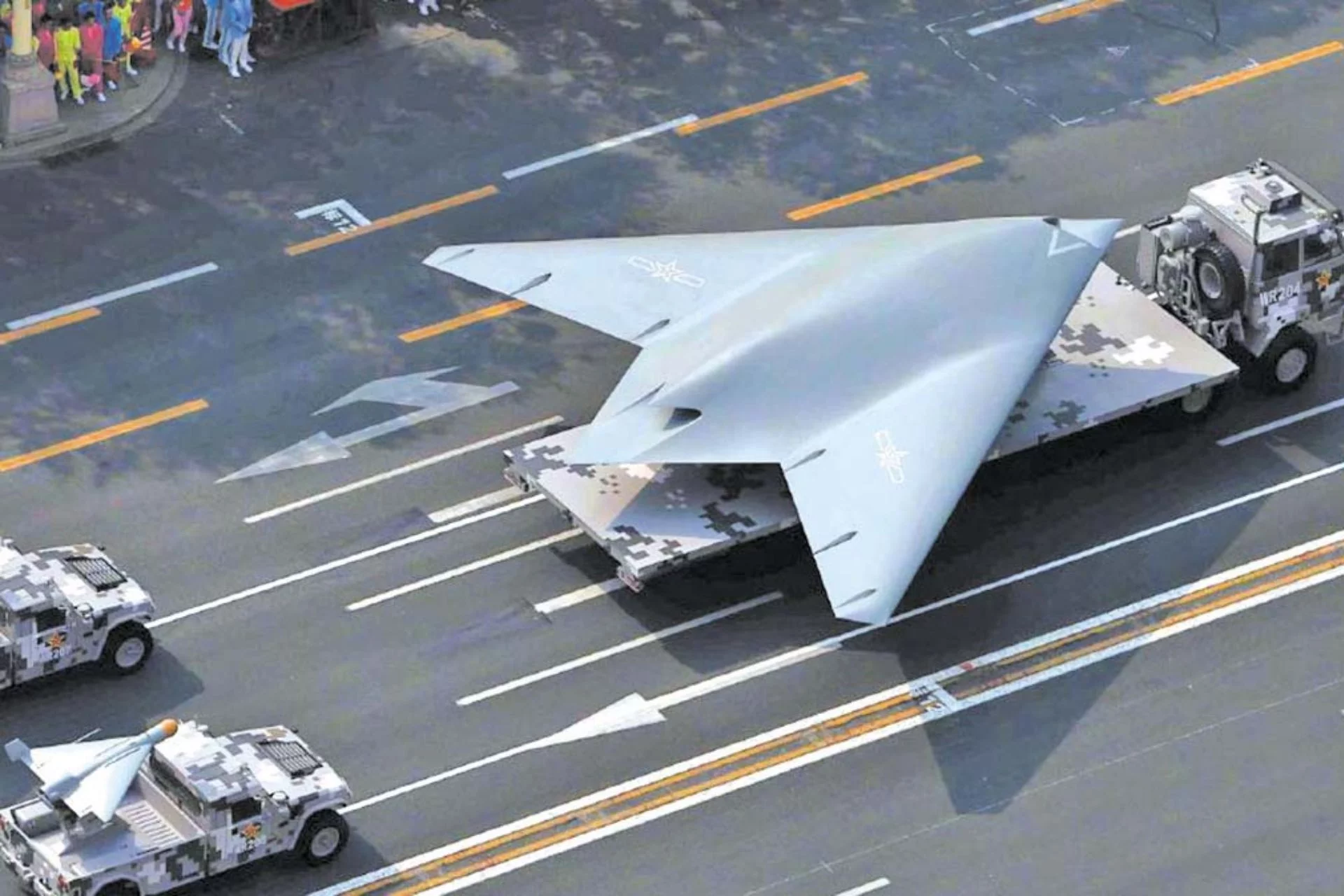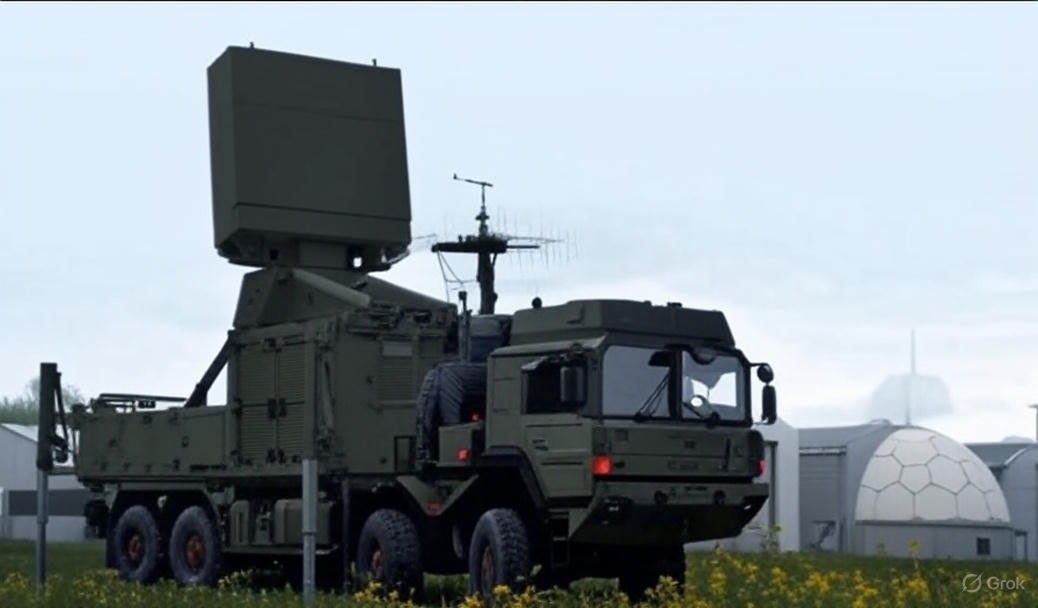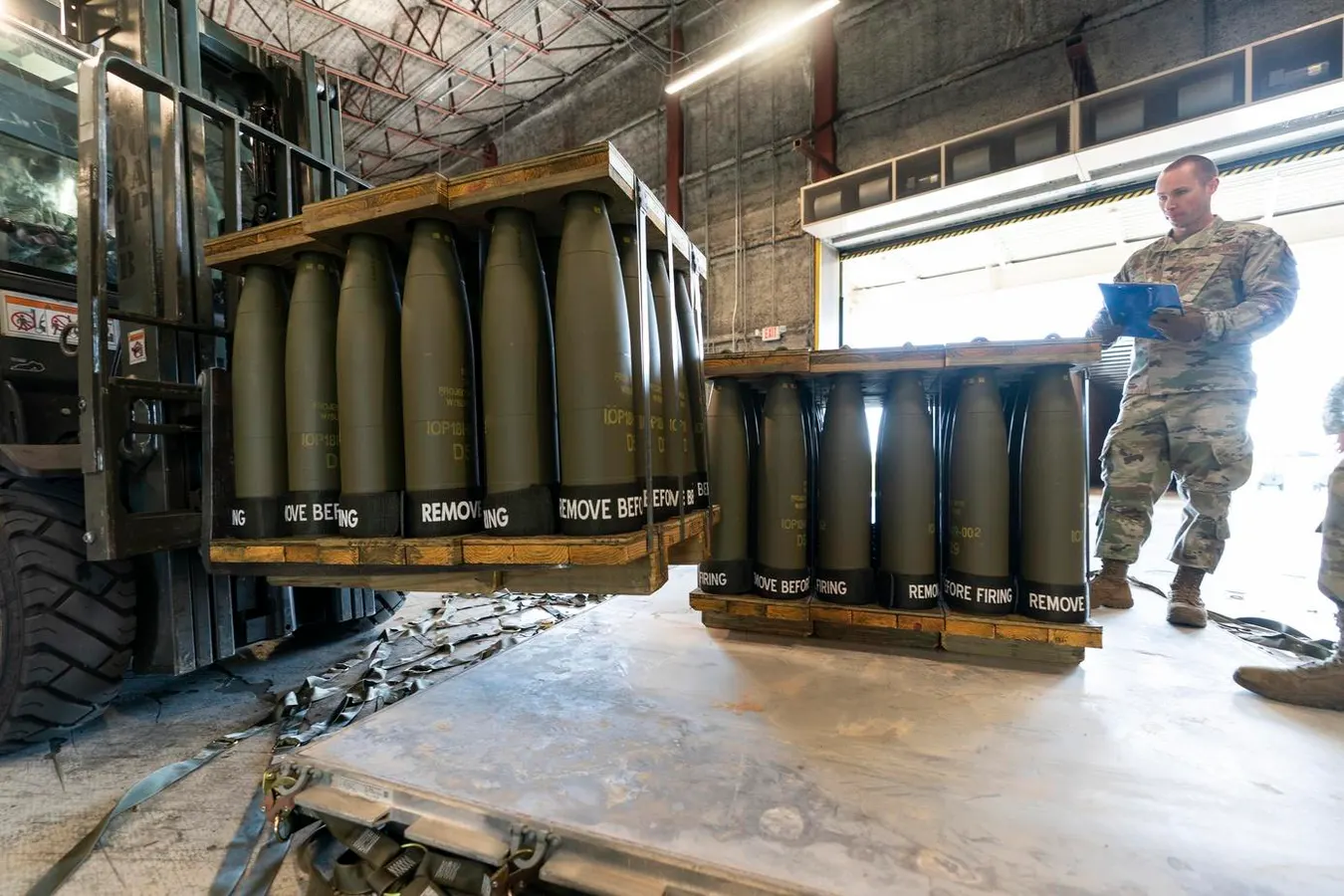In a claim that has undoubtedly sent ripples of concern through global defense establishments, Russia has reportedly asserted that its advanced, nuclear-powered cruise missile, the “Burevestnik” (NATO reporting name: SSC-X-9 Skyfall), possesses an astonishing range of 14,000 kilometers. If proven true, this unprecedented capability would fundamentally redefine strategic warfare, allowing a single missile to circumnavigate the globe multiple times, evading conventional defenses and holding virtually any point on Earth at risk. This assertion, coming amidst ongoing geopolitical tensions, underscores Russia’s continued investment in novel strategic weapons systems designed to challenge existing doctrines and project unassailable deterrence.
The concept of a nuclear-powered cruise missile has long been a pursuit of major powers, primarily due to the promise of “unlimited range.” Unlike conventional cruise missiles, which are limited by the amount of fuel they can carry, a nuclear reactor providing propulsion would theoretically allow for sustained flight for days, covering immense distances. This eliminates the need for complex flight paths to conserve fuel and allows for prolonged loitering capabilities, making interception incredibly difficult.
The Burevestnik project, officially designated the 9M730, was first publicly unveiled by Russian President Vladimir Putin in 2018 as one of six “next-generation” strategic weapons. At the time, its development was described as revolutionary, aiming to create a weapon system capable of defeating any existing or prospective missile defense system due to its unique propulsion. The idea is that such a missile, after an initial conventional rocket booster launch, would activate a small nuclear reactor to power a jet engine, allowing it to cruise at subsonic speeds at low altitudes for potentially days on end.
A claimed range of 14,000 kilometers is truly extraordinary. To put this in perspective:
- It would allow the missile to fly from Moscow to New York and back, or to reach virtually any major city on any continent.
- It could enable the missile to approach a target from unexpected directions, circumventing traditional missile defense arrays designed to protect against ballistic missile trajectories.
- The extended flight time also opens up possibilities for complex mission profiles, including reconnaissance, re-targeting, or even waiting for a specific command before engaging.
However, the development of such a system is fraught with immense technical and environmental challenges. The safe operation of a small, mobile nuclear reactor, especially during launch, flight, and potential impact, raises significant concerns about radiation hazards. A reported incident during a Burevestnik test in 2019, which involved a fatal explosion and release of radioactive materials, highlighted these dangers. Successfully miniaturizing a nuclear reactor for propulsion while ensuring safety, reliability, and robust performance in a combat environment is an engineering feat of immense complexity.
If Russia has indeed overcome these hurdles and achieved the claimed 14,000km range, the geopolitical implications are profound:
- Strategic Deterrence: It would significantly enhance Russia’s strategic nuclear deterrent, presenting a threat that is virtually impossible to defend against using current missile defense technologies.
- Arms Race Escalation: The existence of such a weapon could trigger a new phase in the global arms race, pushing other powers to develop similar capabilities or new forms of defense.
- Nuclear Proliferation Concerns: The very concept of nuclear-powered propulsion for weapons raises alarms about the potential for wider proliferation of associated technologies.
- International Stability: It could introduce new uncertainties into strategic stability calculations, potentially leading to miscalculation or heightened tensions.
The veil of secrecy surrounding strategic weapons programs means that independent verification of such claims is incredibly difficult. Analysts and intelligence agencies worldwide will be scrutinizing every piece of available information, from satellite imagery to telemetry data, to assess the veracity of Russia’s assertion. The historical context of Soviet and Russian strategic weapons development suggests a strong emphasis on maintaining a credible and diverse nuclear deterrent, often employing novel and unconventional approaches.
Regardless of whether the 14,000km range is fully realized or partially aspirational, the mere claim for the Burevestnik missile underscores a persistent drive by Russia to develop “superweapons” that can bypass conventional defenses and assert its strategic power. This ongoing pursuit of advanced and potentially destabilizing technologies demands constant vigilance, careful analysis, and sustained diplomatic efforts to maintain global strategic stability in an increasingly complex and technologically advanced world.




